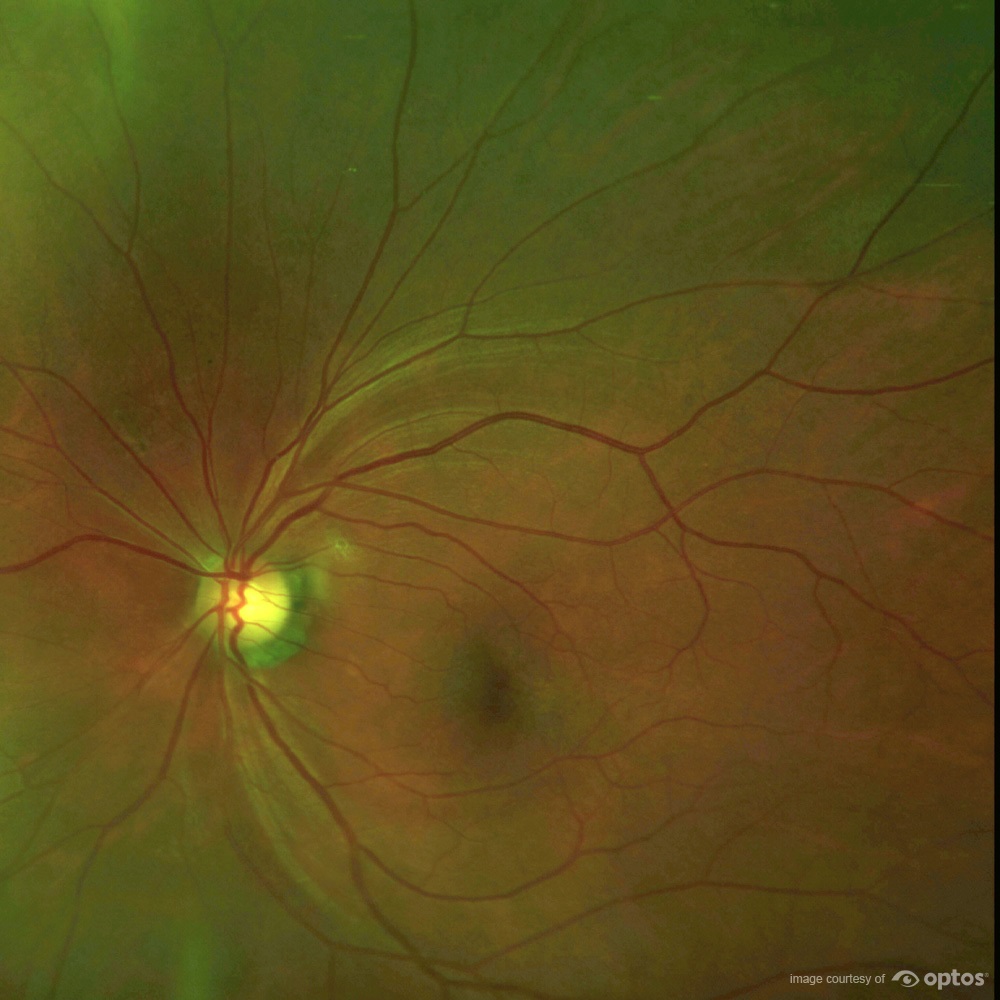As we shared in January for Glaucoma Awareness Month, around 4 million people in the U.S. alone suffer from glaucoma, along with thousands of others around the world. It’s not only important that you discuss the signs and symptoms of this disease with your patients, but that you help those who have been officially diagnosed stay on track with maintaining their condition.
As EyeWorld reports, many cases of glaucoma “can be controlled medically,” but as many as one-third to one-half of patients don’t bother with getting their medications upon the initial diagnosis, says Dr. Louis B. Cantor of Indiana University School of Medicine, Indianapolis, citing Alan Robin, M.D. Dr. Cantor shares that educating patients is extremely important, but that’s often where the challenge lies.
To help patients better understand their condition and help them get (and stay) on track with managing glaucoma, Dr. Cantor’s practice uses 3D eye models that can be taken apart in order to explain how glaucoma affects the eyes and what parts of the eye don’t work when pressure begins to build up. He also explains how pressure can damage the eye – especially the back of the eye where the optic nerve is located – and how if the nerve is significantly damaged, vision loss is a potential result.
From there, he explains how different medications can be used to help reduce eye pressure and how patients should use them. He notes that because there is often a break in communication beyond that point, it’s difficult to know whether or not a patient is using their medication properly or if they are even filling the prescription as they should. Richard A. Lewis, M.D., also notes that many patients “are under the misconception that treatment will cure their glaucoma,” agreeing that continued patient education is key to keeping glaucoma patients on the right track, and that this includes the support of the entire staff in addition to the practitioner.
Practitioners are also finding that patient compliance plays a significant role in the management of their disease, and that the factors attributing to this can range from having a hard time remembering to use their eye drops or other health conditions like arthritis causing patients difficulty in using them. Sometimes, simplifying a patient’s glaucoma medication regimen by cutting back to using drops once per day is the right solution for patients or care givers having a difficult time keeping up with their prescribed routine. For those with mobility issues that have a hard time using their medication, surgery may be a more appropriate course of action.
What are you doing to keep your glaucoma patients on track with their disease management? Leave a comment below to share with us.
